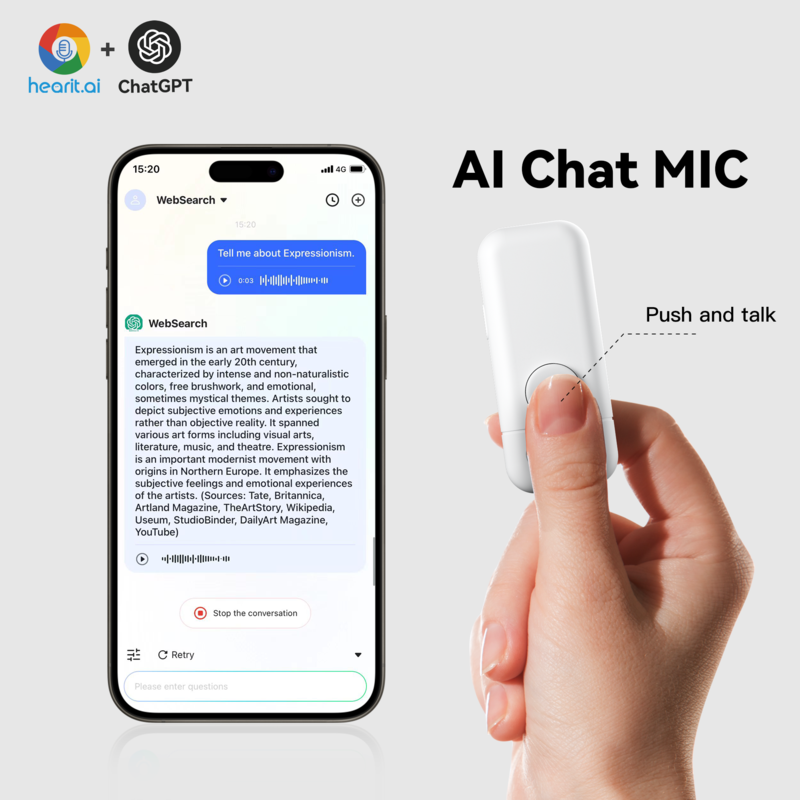Language learning has always been a challenging yet rewarding endeavor. Traditional methods, such as classroom instruction, language immersion, and self-study using textbooks, have their benefits but also come with limitations. With the advent of artificial intelligence (AI) and advanced machine learning technologies, AI translators have emerged as powerful tools in the realm of language education. These tools are transforming the way individuals learn new languages by providing instant translations, cultural context, and interactive learning experiences. This article explores the various applications of AI translators in language learning and how they are revolutionizing this field.
The Evolution of AI Translators
AI translators leverage advanced neural network algorithms and large datasets to perform translations. Unlike traditional translation tools, AI translators can understand context, idiomatic expressions, and cultural nuances. Leading AI translators, such as Google Translate, DeepL, and Microsoft Translator, use sophisticated models like neural machine translation (NMT) to deliver more accurate and contextually appropriate translations.
Applications of AI Translators in Language Learning
Instant Translation and Vocabulary Building
One of the primary applications of AI translators in language learning is instant translation. Learners can use AI translators to quickly translate words, phrases, or sentences from their native language to the target language. This instant feedback helps in building vocabulary and understanding sentence structures. For example, a learner studying Spanish can input a sentence in English and immediately see its Spanish equivalent, along with usage examples.
AI translators also offer features such as pronunciation guides and usage examples, which are invaluable for language learners. These tools help learners not only understand the meaning of words but also how to use them correctly in different contexts.
Interactive Learning
AI translators can be integrated into language learning apps to create interactive and engaging learning experiences. For instance, apps like Duolingo and Babbel use AI to provide real-time feedback on learners’ translations, suggest improvements, and track progress. By incorporating AI translators, these apps can simulate conversations with native speakers, providing a more immersive learning experience.
Cultural Context and Idiomatic Expressions
Understanding a language goes beyond knowing vocabulary and grammar; it includes grasping cultural nuances and idiomatic expressions. AI translators can provide cultural context for translations, helping learners understand why certain phrases are used in specific situations. For example, the phrase “break a leg” in English means to wish someone good luck, a nuance that a straightforward translation might miss. AI translators can explain such idioms, offering a deeper understanding of the language.
Enhancing Listening and Speaking Skills
AI translators are not limited to text translation; they also support voice input and output. This feature is particularly beneficial for enhancing listening and speaking skills. Language learners can speak into the translator and receive instant translations, allowing them to practice pronunciation and fluency. Additionally, hearing the correct pronunciation from the AI helps in improving listening skills.
Accessibility and Convenience
AI translators make language learning accessible and convenient. Learners can use these tools on their smartphones, tablets, or computers, allowing them to practice anytime, anywhere. This portability is a significant advantage over traditional language learning methods, which often require fixed schedules and locations.
Personalized Learning Experience
AI translators can adapt to the individual learning pace and style of each user. By analyzing the learner’s progress and difficulties, AI can provide personalized recommendations and exercises. This adaptive learning approach ensures that learners focus on areas where they need improvement, making the learning process more efficient and tailored to their needs.
Real-World Applications and Case Studies
Language Immersion Programs
Language immersion is one of the most effective ways to learn a new language. AI translators enhance immersion programs by providing instant translations and cultural context. For instance, students participating in a study abroad program can use AI translators to communicate with locals, understand signs and menus, and navigate daily life, thereby accelerating their language acquisition process.
Educational Institutions

Many educational institutions are incorporating AI translators into their language courses. Teachers use these tools to provide instant feedback on students’ translations and to create interactive classroom activities. AI translators also assist in grading and evaluating language proficiency, making the assessment process more efficient and accurate.
Corporate Language Training
In the corporate world, language skills are essential for international business and communication. Companies are using AI translators to train employees in new languages, facilitating better communication with global clients and partners. AI translators provide a cost-effective and flexible solution for corporate language training, allowing employees to learn at their own pace and convenience.
Challenges and Future Directions
Accuracy and Reliability
While AI translators have made significant advancements, they are not infallible. There are still challenges related to the accuracy and reliability of translations, especially for less commonly spoken languages or highly specialized content. Continuous improvement of AI algorithms and expanding language databases are essential for enhancing translation quality.
Ethical Considerations
The use of AI translators raises ethical considerations, particularly regarding privacy and data security. Language learning applications often require access to users’ speech and text data, which must be handled with care to protect user privacy. Implementing robust data protection measures and transparent data usage policies is crucial.
Integration with Other Technologies
The future of AI translators in language learning lies in their integration with other emerging technologies. For example, combining AI translators with augmented reality (AR) could create immersive language learning environments where learners interact with virtual objects and receive real-time translations. Similarly, integrating AI with virtual reality (VR) could simulate real-world scenarios for language practice.
AI translators are transforming language learning by providing instant translations, cultural context, and interactive learning experiences. These tools make language learning more accessible, convenient, and efficient, benefiting learners of all ages and backgrounds. While challenges remain, the continuous advancement of AI technology promises to further enhance the capabilities and applications of AI translators in language education. As we move forward, AI translators will undoubtedly play a pivotal role in breaking down language barriers and fostering global communication and understanding.





Leave a Reply
You must be logged in to post a comment.